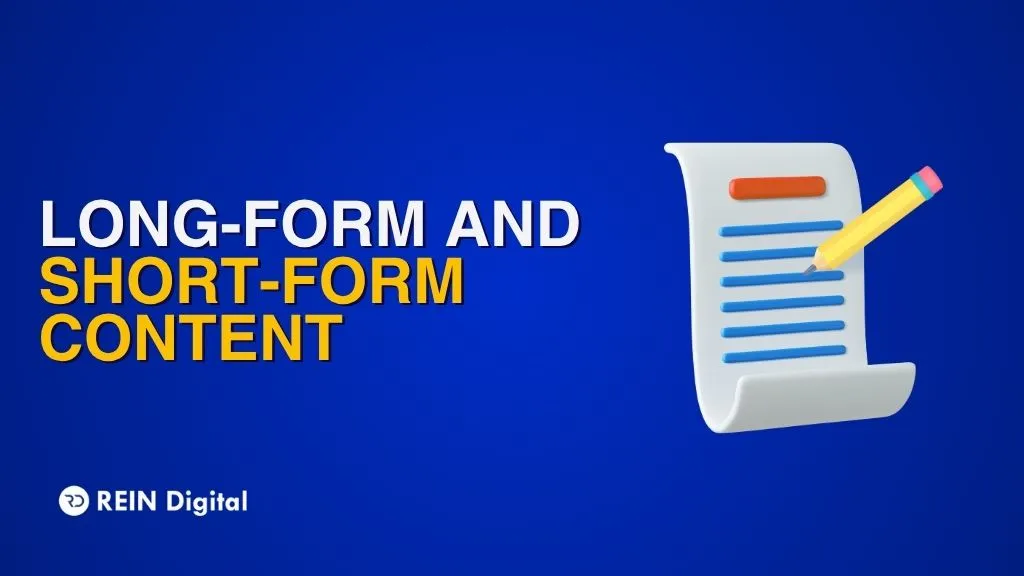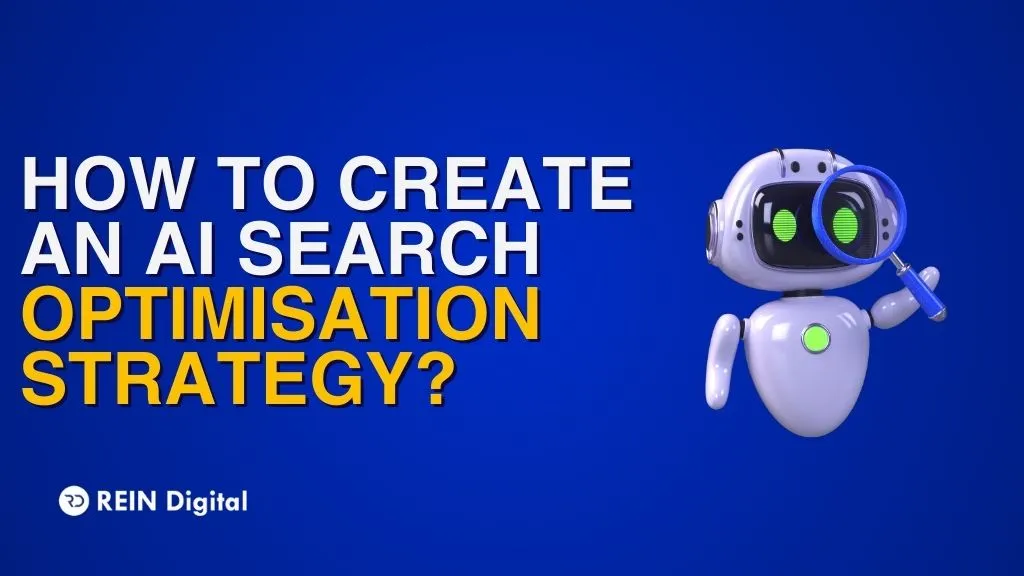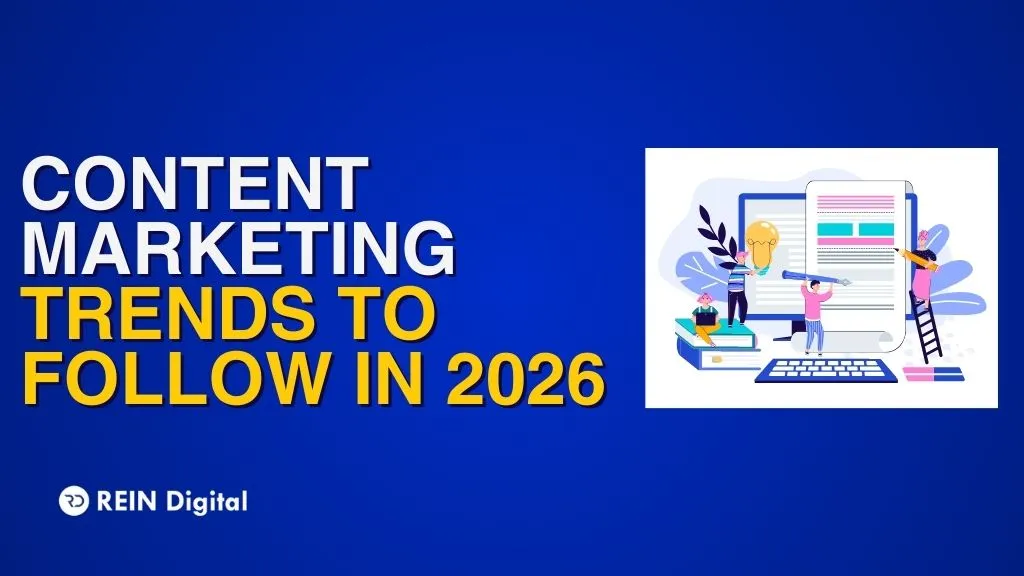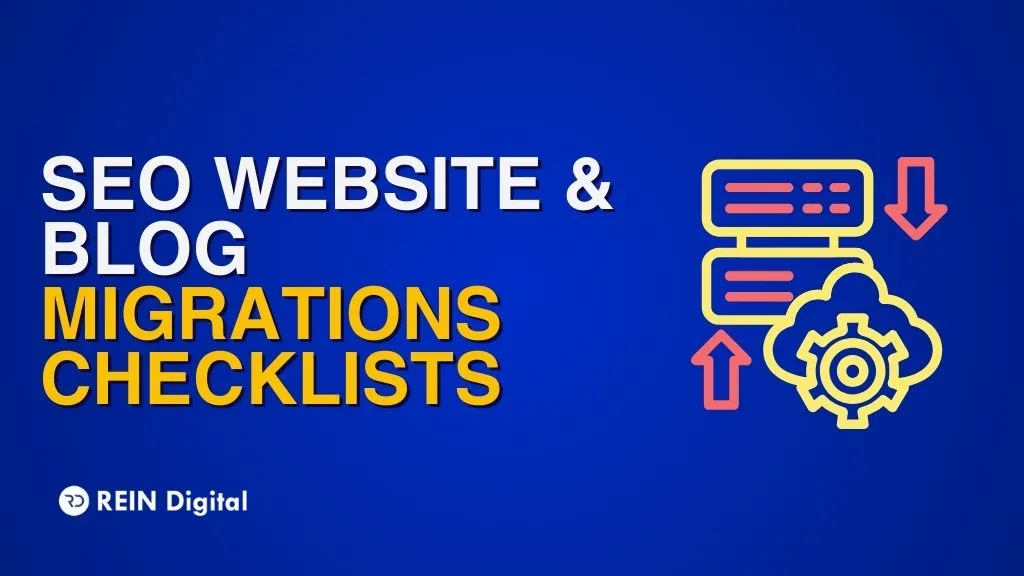
Comes down to it, what, did you ever actually read an entire blog post all the way through without scrolling halfway, reading the bold bits, and jumping to the next shiny thing? Exactly. It turns out that now people can barely concentrate as long as a TikTok video, but somehow, long-form content continues to win the game of SEO. So what is up?
The most fun side of a long-form and short-form content discussion is rightfully compared to a never-ending struggle of binging a long fantasy series on Netflix or scrolling through Instagram Reels: it would be wrong to say that both are inapplicable to search engine optimization, traffic, and conversions in general but it is also true that one of these two content forms outlines more results.
This is where we want to go down to the bottom (but not too far, I promise) of what dominates the scene in 2025.
What is Long-Form Content Anyway?
Your content marathon is long-form content (lifting hands to heaven), which can be 2,000, 3,000 or more words. It has detailed blog posts, guides, whitepapers and case studies. Just imagine your main meal of content. You cannot pick it up when you are hungry and in need of a snack; instead, you sit on it, digest it, and hopefully, satisfy (and be wiser).
Pros of Long-Form Content:
- More SEO real estate: More words = more keywords (when used naturally).
- Higher dwell time: Google sees you stayed longer. Brownie points!
- Authority Builder: Want to Be Seen as the Expert? Long-form helps.
- Backlink magnet: More comprehensive content attracts links like bees to honey.
And Short-Form Content?
Short-form content is like a shot of espresso. Brief, snappy and to the point, usually fewer than 1,000 words. This includes quick blog posts, social media content, brief landing pages and email newsletters.
Pros of Short-Form Content:
- Faster to create: Great for volume and quick updates.
- Perfect for mobile readers: Scroll, skim, done.
- Engagement-friendly: Especially on platforms like Instagram, TikTok, and X (formerly Twitter).
- Lower bounce rates (sometimes): Less overwhelm = more completions.
So… Which One Does Google Love More in 2025?
The thing is: Google isn’t really in the business of preferring long or short form. It favours content that meets the intent. When a person types in “how to change a tire,” they are looking for a 400-word TODO, not a 2,500-word dissertation about tire history dating back to the Stone Age series, Flintstones.
But…
For information density and competitive keywords, long-form content tends to outrank. Why? Because it tells Google something, something related to depth, something related to quality signals – all of which are so important in the current E-E-A-T (Experience, Expertise, Authoritativeness, Trustworthiness) oriented algorithm.
Let’s Talk Numbers (Because Data Never Lies)
- According to Backlinko, the average Google first-page result contains 1,447 words.
- A study by SEMrush showed that long-form content gets 3X more traffic, 4X more shares, and 3.5X more backlinks than short posts.
- Meanwhile, HubSpot confirms that posts over 2,500 words perform best in terms of organic traffic.
But before you rush to type 2,000 words about your lunch break, remember: quality beats quantity.
When to Use Long-Form Content
- Educational Content: Think “Ultimate Guides,” tutorials, or how-to series.
- Evergreen Topics: Things that stay relevant over time and can be updated.
- High-competition Keywords: These need more depth to stand out.
- Thought Leadership: Establish yourself as the go-to expert.
Pro Tip: Use smart formatting, headings, bullet points, and visuals to keep it skimmable. No one wants a digital brick wall of text.
When to Use Short-Form Content
- Breaking News or Updates: No one wants 1,500 words about a new iPhone colour.
- Social Media & Email: Attention spans are lower than your Wi-Fi signal on a rainy day.
- FAQ Pages, Product Descriptions, or Quick Tips
- Early Funnel Content: Tease the audience, then link to long-form content for details.
Remember: short-form isn’t lazy, it’s strategic. Sometimes, saying less says more.
Hybrid Content: The Sweet Spot?
Not all content has to pick a side. Enter hybrid content: a mix of short-form structure with long-form depth. Think:
- Listicles with expandable sections
- Interactive content (quizzes, accordions)
- Videos embedded within long guides
This gives readers what they want: depth for the nerds, skim-ability for the busy bees.
How to Decide What to Use (Without Overthinking It)
Ask yourself:
- What is the user's intent?
- How competitive is the keyword/topic?
- Do I have enough value to justify a long post?
- What stage of the funnel is this targeting?
- Will it help convert or engage?
If your topic can’t hold attention beyond 500 words, don’t stretch it. And if you’re diving into a complex issue, don’t cut corners.
What About Content Refreshes?
In 2025, freshness and relevance have become more rewarding than ever with Google's Helpful Content Update. Rather than generating even more long-form content, simply updating old content with new statistics, information, and even internal links can provide you with an edge without having to try a new approach.
What Does REIN DIGITAL Think About All This?
Okay, the truth is: what to go with: long or short? It may seem more complicated than a choice between pizza and pasta. However, Rein Digital, a full-service digital marketing agency, knows that it does not matter what the format is, as long as there is a strategy behind it.
Rein Digital writes copywork that converts both an article of 300 words and a whitepaper of 3,000 words. It is not the rankings that the SEO experts of the company pursue by utilising their SEO potential; they create intent-led content that directly reaches your viewers. Rein and his cunning combination of data, creativity, and good SEO smarts will make your content plan not such a guess sport but more of a growth machine. You can imagine them as Michelin-star chefs of the content- they understand what your brand has to have as a recipe.
Conclusion: Long-Form and Short-Form - Who Wins?
The most interesting twist in a Netflix thriller: they both win - just make the format meet the objective. Long-form does well on SEO, backlinks, and authority. Short-form excels in engagement, ten-second speed, and quick bite info.
Therefore, you should not squeeze your content into a box; rather, think of it as a toolbox. You need a hammer (long-form), other times, a screwdriver (short-form). And having an agency like Rein Digital near your side, you will not go wrong with which one to choose.
Remember: Whether it’s 300 words or 3,000, make it count. Google might rank your content, but real humans read it.














